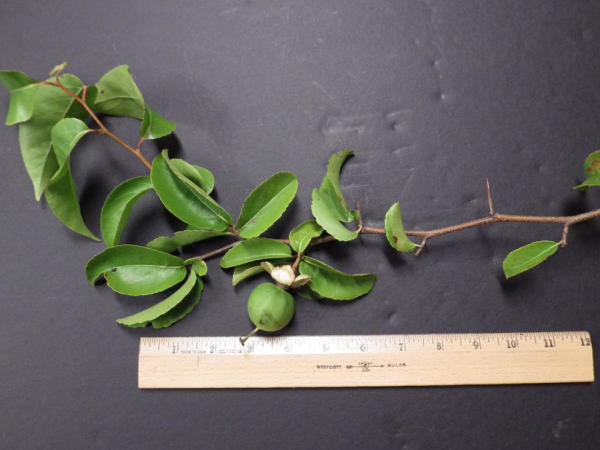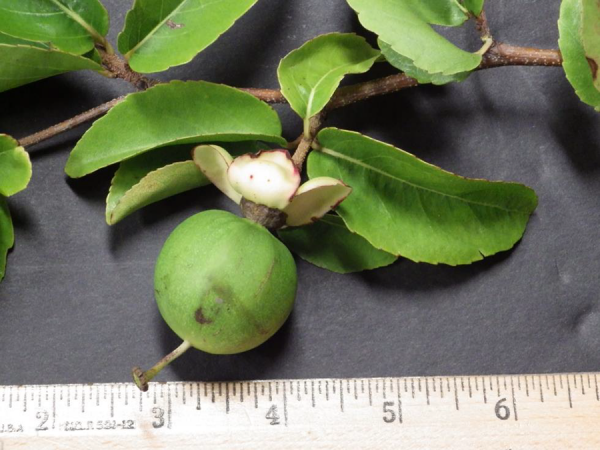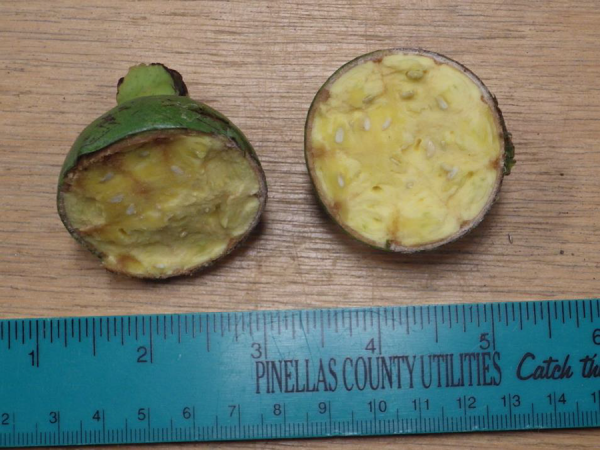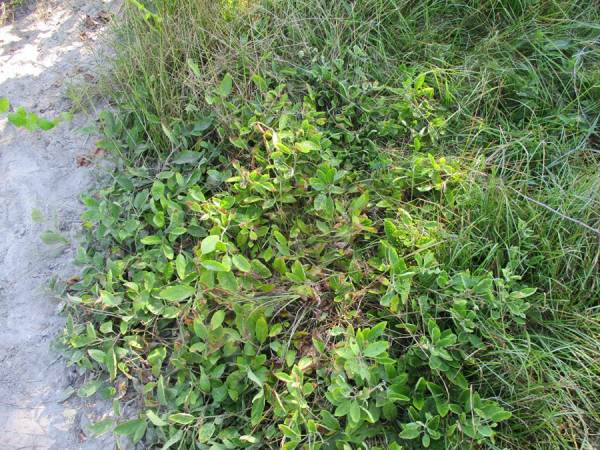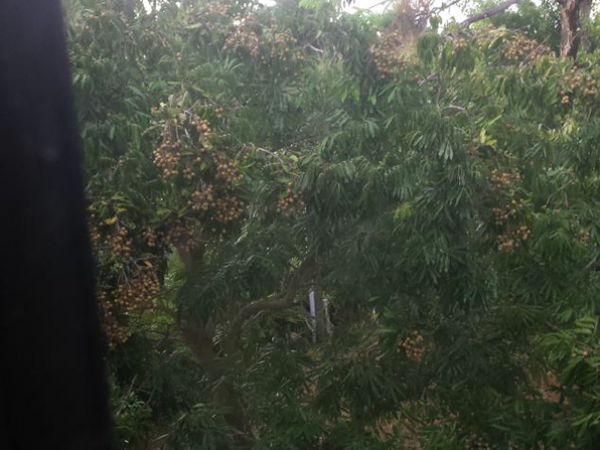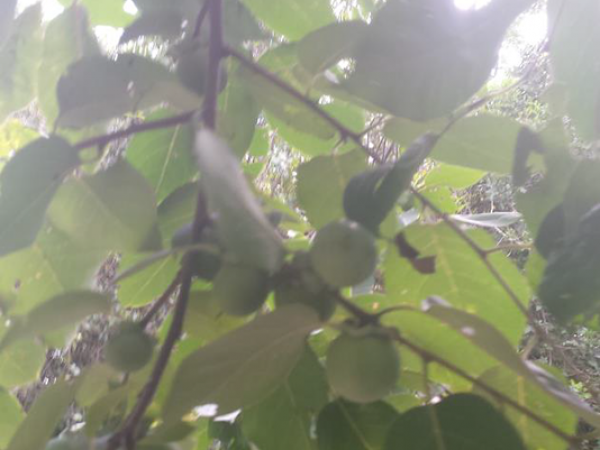Need help identifying a plant? The Plant Identification and Information Service in the UF Herbarium (botany collection) may be able to help you!
BUT … it’s not always easy or guaranteed. So here’s how you can get a plant identified and some tips to make the most of this service.
First we recommend you consult with your local UF/IFAS cooperative extension office. There’s an extension office in every county in Florida (see the link below to find out where they are located). Your county horticulture extension agent (and his or her master gardener assistants) are often able to identify many of the plants that are found locally, and can also provide you with advice on how to cultivate desirable plants or control undesirable ones.
If your local county agent doesn’t recognize your plant, we will be happy to help you! You have two options: sending us photos by email or submitting physical samples via your county agent. In both cases, the quality of the photos or samples and the information you provide have a big impact on our ability to make a confident identification.
Email Us
The fastest way to get a plant ID is to email us. It’s quick, inexpensive and convenient–and we usually respond within a few business days. Just be sure to provide us with information about the location, context and appearance of the plant, along with the photos.
Location
Our focus is on plants of Florida and the southeastern U.S. We may be able to identify plants growing outside of Florida or internationally, but generally for non-Florida plants we will need to refer you to a plant ID expert in the state or country where the plant was growing.
It’s very important to tell us where the plant is growing. If in Florida, tell us the county. If it’s from outside Florida, tell us the state or country.
Context
It is very helpful if you tell us the context where the plant is growing. Is this a cultivated plant, a native plant or a weed? Is it growing in a home garden? On an overgrown city lot? At the side of a rural highway? In a nature park? In a nursery?
Description
Photos rarely show enough detail, so we’re relying on you for more information about the appearance of the plant. Is it a tree, a shrub, a vine or a ground cover? How tall is the plant? If flowers or fruit are present, what color and shape are they? Are any parts of the plant fragrant? Does the plant have thorns?
Photos
Generally, a single photo is not sufficient for confident identification. Try to take:
- a photo of the entire plant
- a close-up of the stem with leaves (so we can see leaf arrangement)
- a close-up of flowers or fruit
Include a ruler or coin in the photo for scale if possible. Good examples:
Make sure your photos are in focus and the plant you want identified is clear and obvious, and not obscured by glaring sunlight or shade.
Photos need to be high enough resolution that we can zoom in and see plant details without the image become pixilated. Not very good:
Generally, we are not able to provide genus- or species-level IDs on grasses or sedges based on photos. To identify grasses and sedges, we need to use a microscope to look at details of the flowers or fruit, so a physical sample is necessary. Plants that are sterile (lacking flowers, fruits, or spores) can be really hard to identify with confidence from photos, so we may ask you to follow-up with a physical sample.
Now Email Us!
Send us an email with info and photos to plantid@floridamuseum.ufl.edu. We can usually respond within a few business days with information or further questions to help you identify the plant.
Tips:
- For ID help, we need to know the county the plant is growing in.
- For our service reports, we need to know the county you live in.
- For our botanists, it’s best if you attach images to an email rather than embed them.
Submitting Physical Samples
Do you need a more definitive plant ID? Homeowners, professional landscapers, land developers or enthusiastic horticulturalists sometimes need a firm identification. The Plant Identification and Information Service can help with this too, but you should submit the sample through your local cooperative extension office.
You will need to collect a good sample (at the minimum, a stem with several complete leaves attached, preferably with flowers or fruit). Take it to your local extension office. If they cannot identify it on the spot, they will help you complete a sample submission form and send the sample to us for ID. The more you can tell us about this plant, the better chance we can identify it. Please note, we only help with identifying vascular plants (ferns, cycads, conifers and flowering plants). We are not able to identify algae, mushrooms, lichens, mosses or plant diseases. Nor can we tell you how to grow a plant or how to control weeds. Your county extension office will be able to give you accurate and useful horticulture advice.
